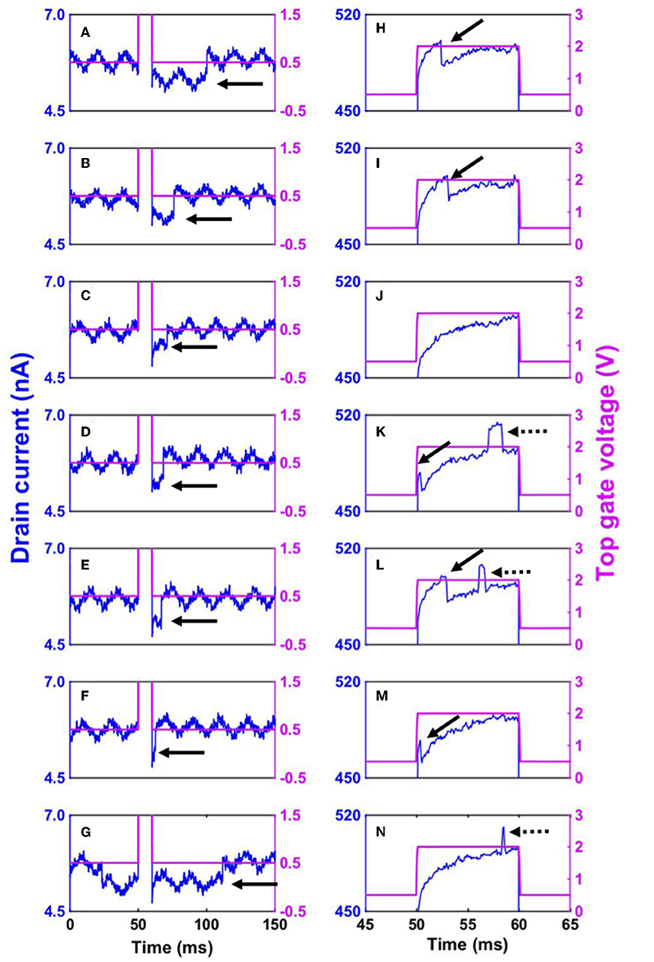
As the size of complementary-metal-oxide-semiconductor (CMOS) field-effect-transistor (FET) approaches to an atomic scale, various quantum mechanical effects become more apparent. One example is the gate-leakage current due to quantum mechanical tunneling through gate oxide in a MOSFET, which increases the stand-by power of the system . The effect of inversion layer capacitance due to quantum confinement is also prominent, which decreases the total capacitance of a MOSFET, leading to the reduction of the device's transconductance. Another example is random telegraph signals (RTSs). RTSs are considered to be caused by a trapping and detrapping of a single electron in a defect state, inducing undesired current fluctuation. Noise introduced by RTSs, random telegraph noise (RTN), is one of the most extensively investigated reliability issues in state-of-art CMOS devices. First observed in 1984, RTSs have been observed in MOSFETs , static random access memory (SRAM), resistive random access memory (ReRAM), and flash memory devices. Overall, quantum mechanical effects were considered to be an obstacle for the silicon (Si) industry due to their negative impacts on the operation of CMOS circuits.
However, as the merit of quantum computations started to be recognized, a possibility of employing such quantum effects in Si device for a quantum bit (qubit) application is being actively sought by research groups. In order to implement a qubit in a solid state device, an isolated energy level that can contain a single electron must be embedded in a host material. Si is, in fact, an ideal material to host a spin qubit, since the spin-orbit coupling in Si is weak and thus a long coherence time is expected. The presence of RTSs also indicates that there is an isolated energy level in a device that can accommodate a single electron. Indeed, an electron spin resonance (ESR) signal was detected in a Si MOSFET that exhibited a RTS. From the observed g-factor, a single electron in a trap state was identified to cause the resonance. This indicates that an electron in a trap state responsible for a RTS can behave quantum mechanically, and thus such a trap state could potentially be used as a qubit. Nowadays, the importance of RTSs is highly recognized in the context of the reliability of CMOS circuits as well as the future quantum computation.
In order to study RTSs, finding a device that exhibits RTSs is necessary. However, because such trap states are usually undesired and engineered away in device fabrication processes, identifying a device with RTSs requires a significant amount of measurement time. Statistically large number of devices (around 104) needed to be investigated in order to find a device with RTSs . A systematic method to find RTSs in a single CMOS transistor at low temperature (2K) was proposed, though it still requires a highly accurate current-voltage (I–V) measurement with a long integration time.
Get funded, develop & make a difference!